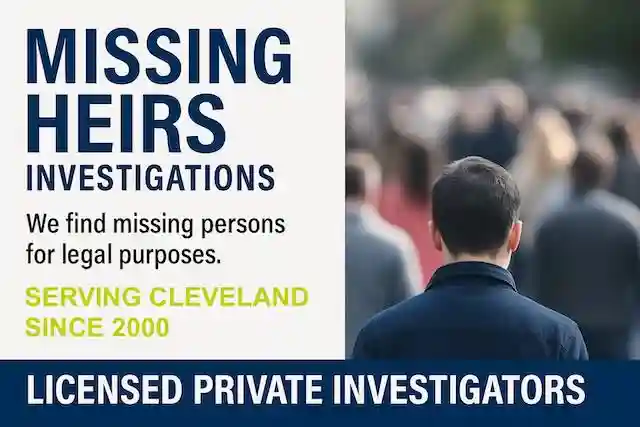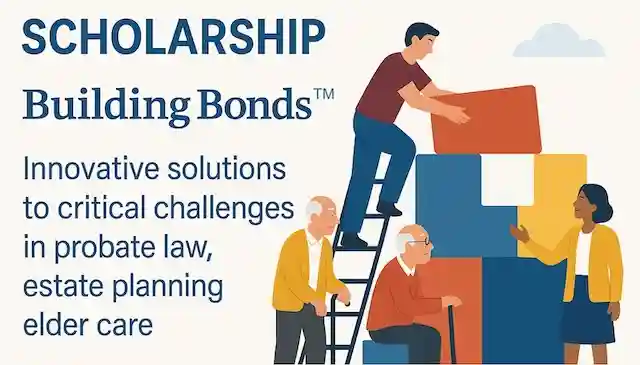Most people think of health as something personal. But what if your ZIP Code says more about your life expectancy than your medical chart? That is exactly what ZIPCodeExam.com is helping to uncover.
This powerful tool allows anyone to explore public health data by ZIP Code and compare how neighborhood conditions affect health outcomes. The results can be surprising. In many American cities, including Cleveland, two neighborhoods just a few miles apart can show life expectancy gaps of 10 to 20 years or more.
About the Equality Health Foundation
The Equality Health Foundation is a nonprofit organization dedicated to advancing health equity in underserved communities. Founded by Hugh Lytle, the Foundation works to eliminate barriers to healthcare by addressing the social factors that affect well-being, such as economic stability, education, and access to care. Led by President Tomás León, the Foundation drives innovative programs that blend community engagement, health education, and policy advocacy to create lasting change. Through initiatives like the ZIP Code Exam, they are helping individuals, families, and communities access the resources they need to live healthier, longer lives.
Cleveland’s Hidden Health Divide
Take Cleveland, for example. In ZIP code 44103, the average life expectancy is just 66 years old. But in 44040, the village of Gates Mills, located only 12 miles away, people live to an average age of 86. That is a 20-year difference between two neighboring communities.
Social Determinants of Health: The Hidden Factors
At the heart of this project is something called the Social Determinants of Health (SDOH). These are the conditions in which people are born, live, learn, work, and grow older. They include things like income, education, housing quality, food access, and neighborhood safety.
There are five main categories that shape our health outside of a doctor’s office:
Economic Stability
Education Access and Quality
Healthcare Access and Quality
Neighborhood and Built Environment
Social and Community Context
These are public interest topics with legal and policy implications. Attorneys practicing in housing, civil rights, public health, education, or elder law may encounter these issues directly.
Download Your ZIP Code Profile as a PDF
One of the best features of ZIPCodeExam.com is the ability to download a professionally formatted PDF of the data for any ZIP Code. These reports are easy to print and useful for presentations, grant applications, policy briefs, or even legal exhibits.
How Public Data Can Drive Change
All the data on ZIPCodeExam.com comes from public records. Sources include:
The data is organized in a way that makes it easier for the public, researchers, and policymakers to identify gaps and act on them.
For legal professionals, this means there is now a visual and data-driven way to support arguments about systemic inequality, redlining, education access, environmental justice, and more.
What Can You Do if Your ZIP Code Scores Low?
While many health factors are systemic, there are steps people can take to begin improving outcomes. The site’s Take Action section provides helpful links to:
Free health screenings
Educational resources
Government aid programs
Community wellness initiatives
It encourages both personal action and civic engagement. Legal professionals can also refer clients to these resources or support community groups working to address these disparities.
A Starting Point for Advocacy
ZIPCodeExam.com is not a final answer. It is a starting point for advocacy, research, and reform. Community leaders, policymakers, and attorneys can use this data to build stronger cases and more equitable communities.
If you want to understand how your environment shapes your health, or if you want to see how your neighborhood compares to others, check out ZIPCodeExam.com and enter your ZIP Code.












